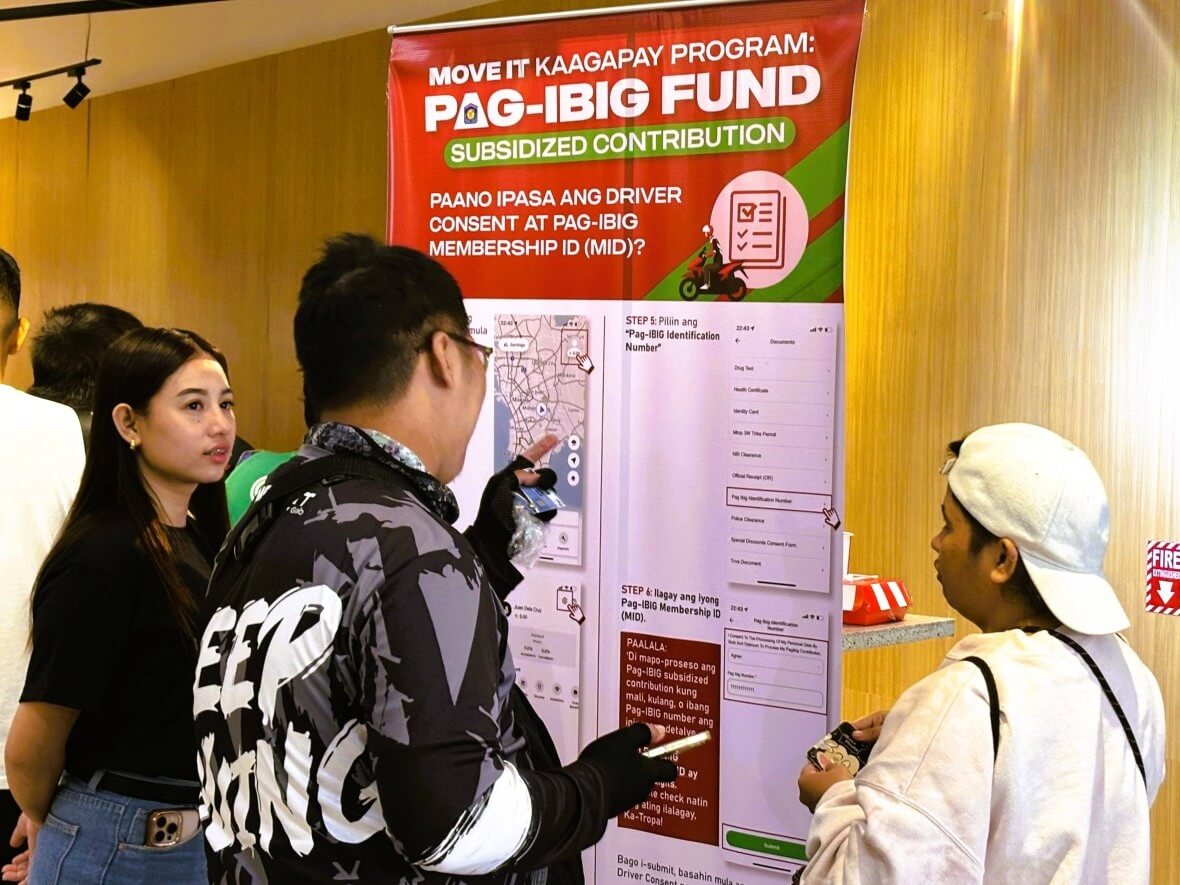

The program aims to enhance the financial security and social protection of platform workers in the country’s fast-growing mobility sector.
The new program covers eligible riders in Metro Manila, Cebu, and Cagayan de Oro who meet strict performance criteria based on service quality, safety, and productivity.
Through the subsidy, qualified riders gain access to the full range of Pag-IBIG Fund services, including affordable housing loans, short-term loans, and the high-yield MP2 savings program.
To participate, riders must link their Pag-IBIG Membership ID (MID) to their MOVE IT profiles. A dedicated portal within the driver app will cross-check their performance data with uploaded membership information.
MOVE IT general manager Wayne Jacinto said that based on their continued dialogue with rider-partners and community leaders, it became clear that riders value not just fair earnings, but also the freedom to choose a social protection package suited to their needs and goals.
Jacinto emphasized that platforms have a vital role in making welfare programs more accessible to independent workers.
He said access to programs like Pag-IBIG is essential—not only for housing, but also for savings and financial support during tough times. He added that MOVE IT is committed to ensuring that every rider who wants to become a member of these agencies has a clear pathway to do so.
He credited the Pag-IBIG Fund as a partner in offering knowledge and opportunities to help riders plan for a more secure future.
To further expand access, MOVE IT and Grab have established satellite offices for Pag-IBIG, PhilHealth, and SSS inside the Asenso Center in Marikina, where drivers can join onboarding and training sessions. These centers also offer “Social Protection 101” courses to guide riders in voluntarily contributing to long-term financial planning.
Grab previously pioneered Pag-IBIG subsidization for its GrabCar and GrabFood drivers in Q2 2025. MOVE IT’s launch reinforces the platforms’ shared mission to expand welfare coverage for the nation’s gig economy workforce. —Ed: Corrie S. Narisma